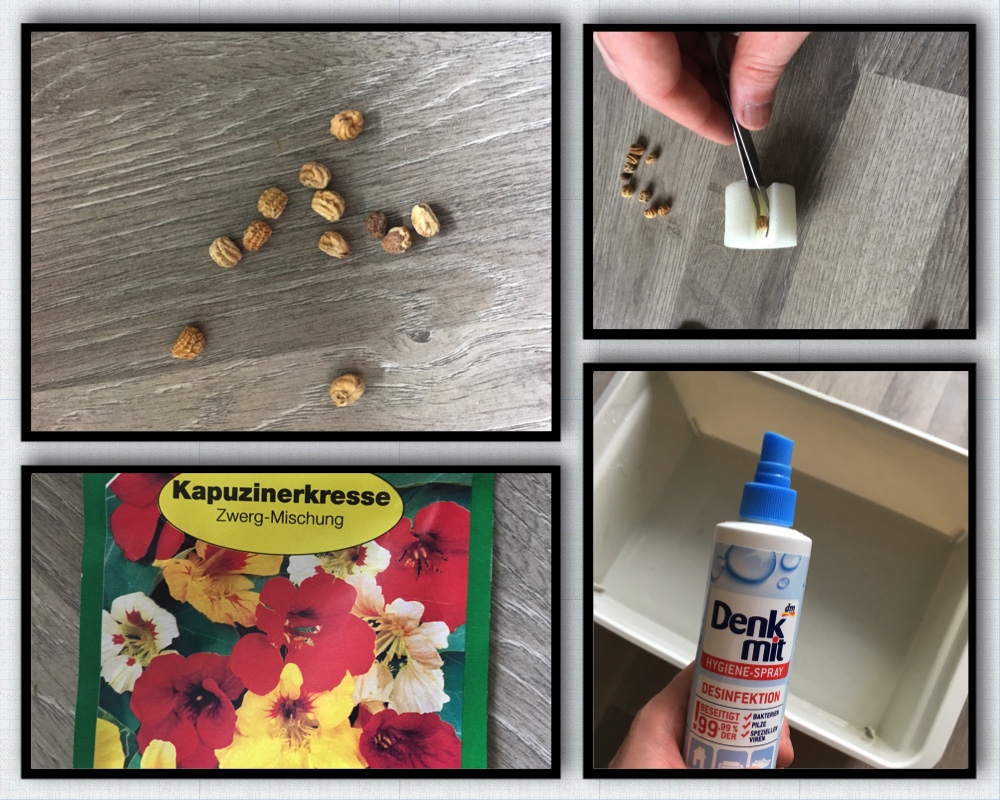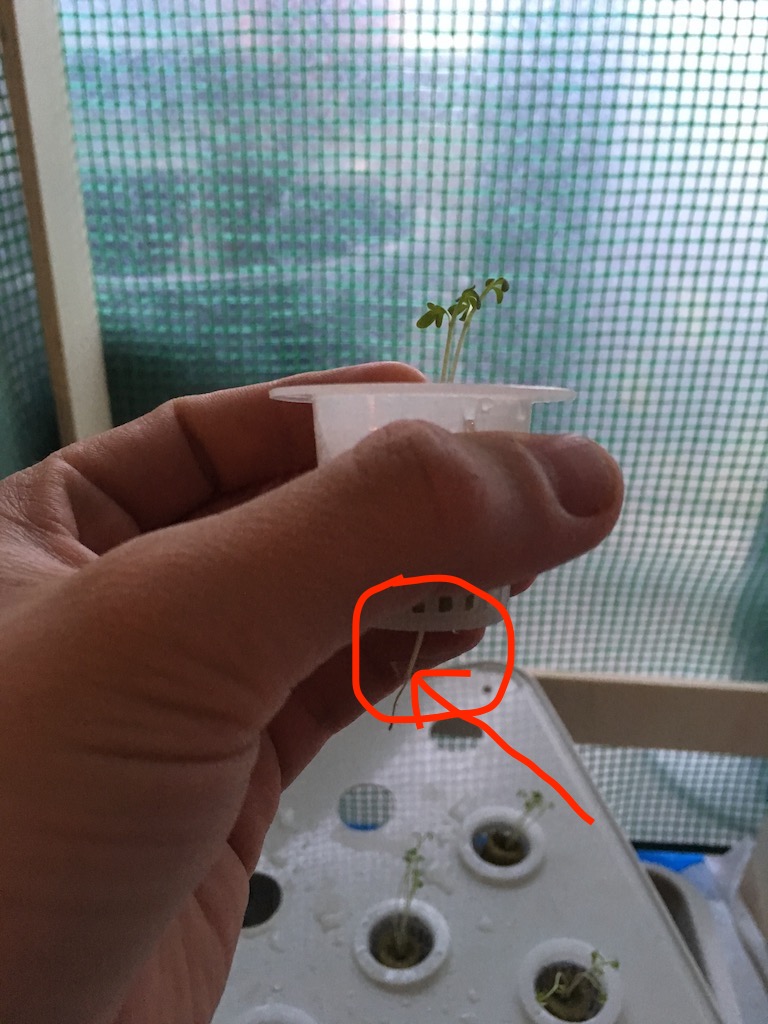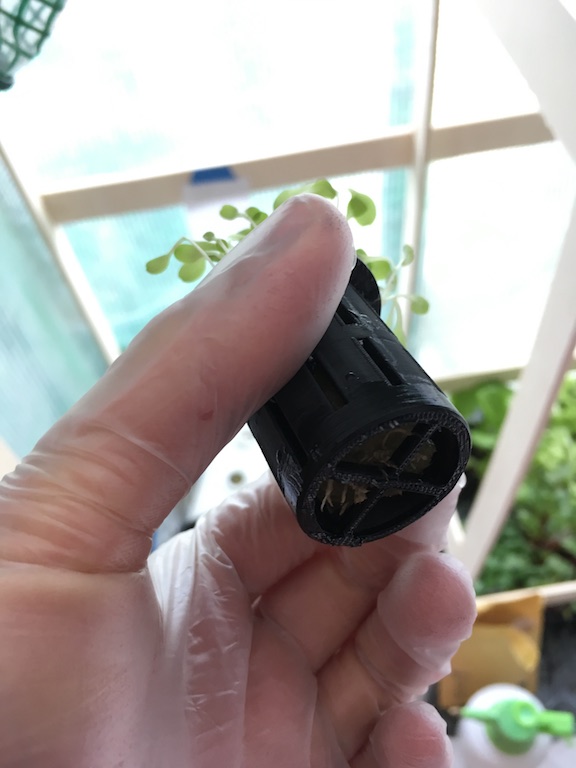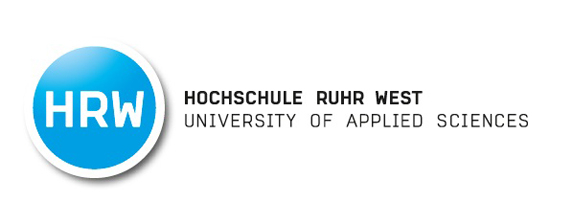Final Project - concept and germination tests
HRW OpenHydroponicGrowbox



Why Hydroponic?
Since it is a great passion of me to gardening, my final project is to be a hydroponic growbox, which can be completely manufactured in our fablab. My plan is to use different sensors.Hydroponics is a subset of hydroculture, the method of growing plants without soil, using mineral nutrient solutions in a water solvent. Terrestrial plants may be grown with only their roots exposed to the mineral solution, or the roots may be supported by an inert medium, such as perlite or gravel. The nutrients in hydroponics can come from an array of different sources; these can include but are not limited to waste from fish waste, duck manure, or normal nutrients.
I want to measure, control and represent the air humidity, lighting, pump, temperature and the water level of the nutrient solution.
The aim is to find a cost effective and effective way to plant herbs and salads all year round without consuming a lot of space.


Update 1: 01.04.2017
First Germination tests - Rockwool VS: Spoon
Since I have already made very good experiences with rockwool, I wanted to try it now
to plant in sponges to germinate my seeds.
For this test I have the so-called "nasturtium" (Tropaeolum) - in German it is called "Kapuzienerkresse" and it is edible. For my final project, however, this is not a good plant, since this species is a "hanging plant" or what needs to climb. As soon as the test or rather the comparison was done, I will plant the plants on the balcony and for my final project a better suitable plant use (different kinds of salad).

At first I will show on the following picture my very successful attempts on rock wool with salads in the indoor area. I used as already mentioned rockwool and the varieties "arugula salad" and "red radicchio salad". As a nutrient solution I have used the following fertilizer (PDF). (Best use less than recommended).
Of course, I hope that with my finalproject of Fabacademy a better efficiency. Another purpose is to make the box variable in height and 100% fabbable.
I would like to develop 3 different "put on-insight-plugs" for the hydroponicsystem to breed small, as well as large plants.
A further goal besides the efficiency increase is to grow the maximum "plug" whole shrubs (eg a tomato plant) in the system.



Rockwool VS. Spoon:


Nasturtium (Tropaeolum) seed carefully inserted into the sponge. Very highly recommended is the use of hygiene spray to disinfect the work area and the hands before!


On the next collage you can see the entire setup.
Inside is a plastic support for the rockwool and for also the sponges. Very important for the germination process is besides the hygiene and warmth the humindity.
I have it in the greenhouse, which I have built in the make something big (Week7), near a heating-radiator.
For a very high air humidity I finally have covered my setup with foil and the various substrate moistened in advance.
To keep the system wet I used something similar to that used here: Shower spray bottle


On the next picture you can see where I have placed my "germinationbox". The greenhouse from week 7 is the perfect location. Now I only have to wait for results. The germination process will be determined here on this site by me with exact date.





Update 2: 08.04.2017
After about a week, the nasturtium (Tropaeolum) is germinated. In my trial series, the seeds in the rockwool have sprouted better and faster than in the sponge:




Update 3: 01.06.2017
For the germination of something not so sensitive plants, I decided to continue for garden cress (Lepidium sativum) in rockwool. The germination was very quickly. Already after 2 days you could see the first seedlings:


On this photo you can already see that the roots of the garden cress grow through the rockwool and grow through the "netcup" downwards. The roots will now grow into the nutrient solution of the container and the necessary nutrients are obtained then:


Update 4: 18.06.2017

Furthermore, I have different kind of lettuce seeds sprouted. High output, uncomplicated to grow:



Dill:


Salad:




Here you can see the roots comes out of my 3d printed plant-cups:




 Conclusion:
Conclusion:
In my trys I have better results with the germination in rockwool, I will continue to use the rockwool for my final project. The sprout has also worked well in sponge, but this has taken a long time. In addition, the seedlings in the rockwool made a healthier and stronger impression, as the rooting in the rockwool worked better.






